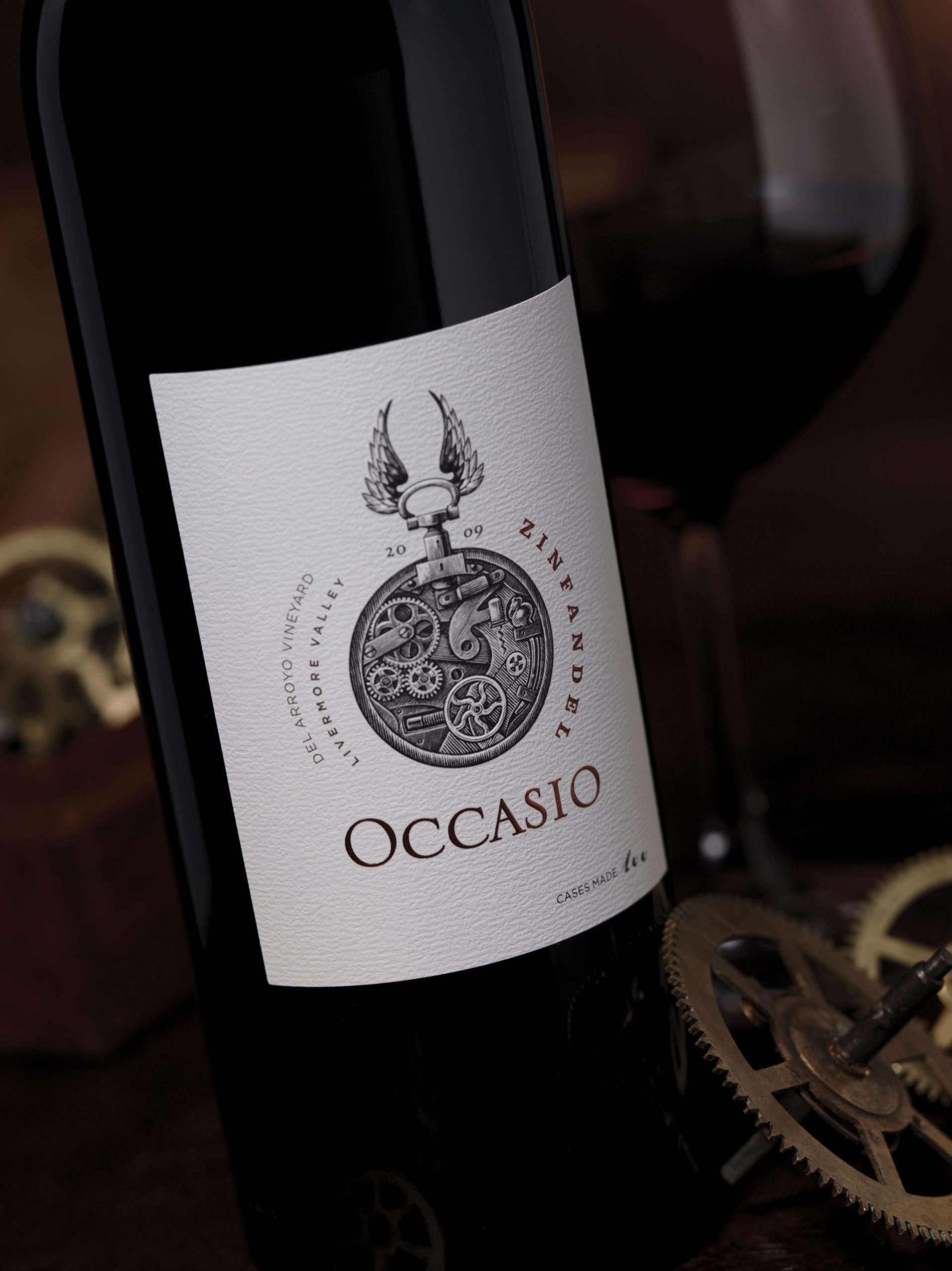The Many Faces of Zinfandel

Zinfandel has had many incarnations: first as a substitute for French claret in the 1870s, and then later as port wine, White Zinfandel, and today’s fruit bombs. As a wine, Zinfandel has been simultaneously vilified as a poor substitute for cabernet and worshipped as a California original. In short, the many faces of Zinfandel reflect the fashions of the times.
As I survey the landscape today, Zinfandel producers continue to push ripeness, with many wines now exceeding 16% alcohol by volume. But, are these ultra ripe wines still Zinfandel? At what point might we loose the briary red fruit and peppery spices characteristic of the variety and replace them with the flavors of raisins and plums? Have we lost the Zin-ness that caused us to fall in love with this wine in the first place?
The Zinfandel that first won me over was from Ridge Winery in the early 1970s. Paul Draper had created a marvelous wine of 12.5% alcohol, and though these levels have risen over the years, his wines still retain a balance that seems missing from the more hedonistic wine styles in fashion today. It is the remembrance of these early wines that led me to search for balance in our Del Arroyo fruit in 2012. A field blend of two ancient clones, we hand sorted ripe, but not overly ripe, berries from each cluster, a painstaking process that reduced our already low yields by half. Personally, I find these efforts to have been worth it, as we have produced a wine of balance that is pure Zinfandel. I hope you enjoy this ‘experiment’ as much as I do.


